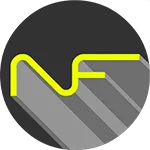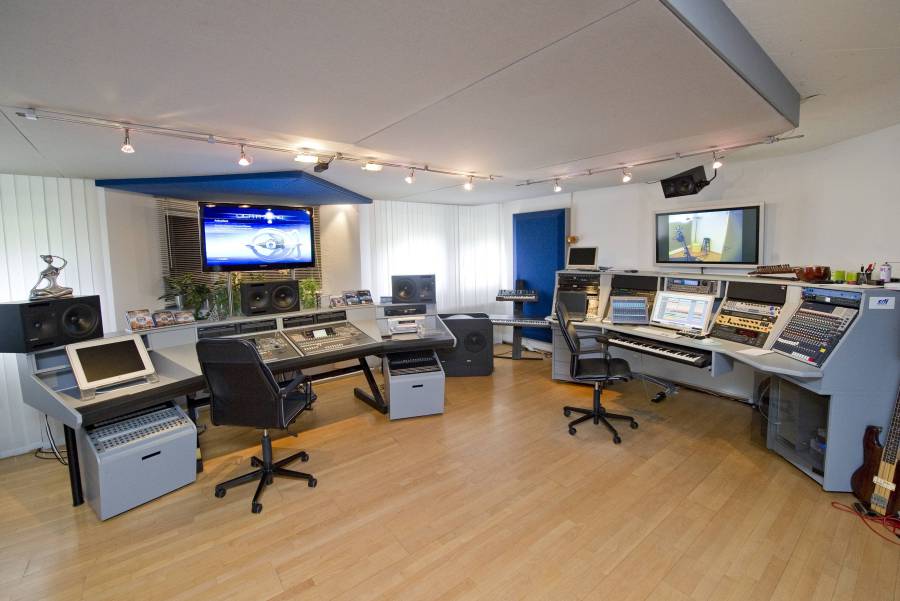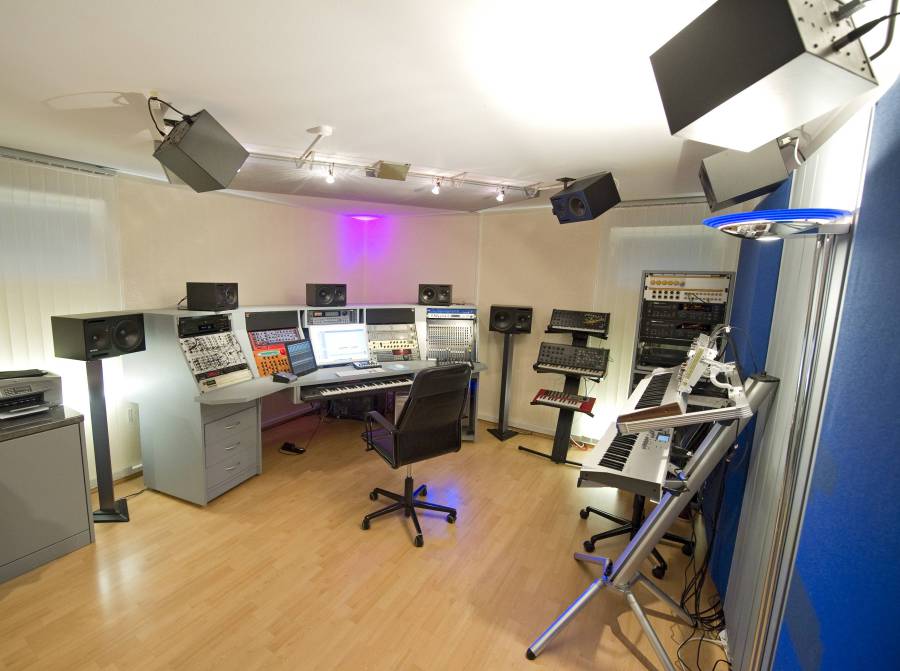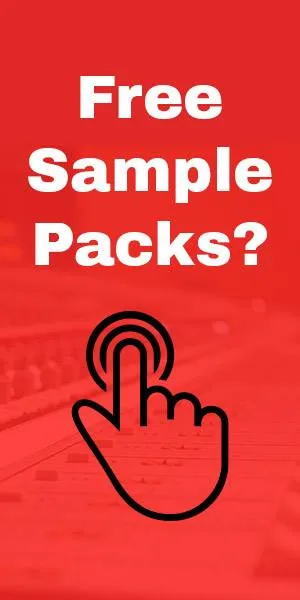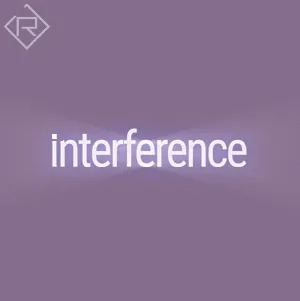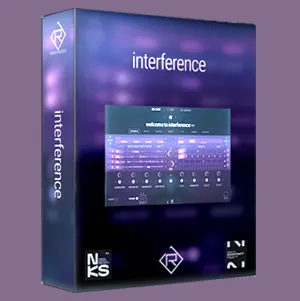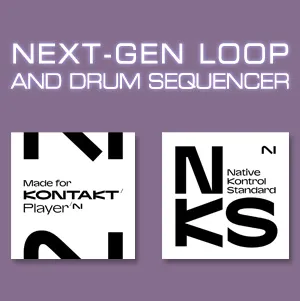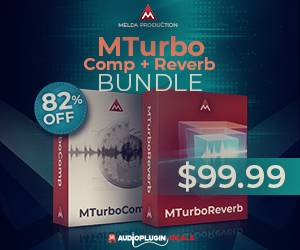18. April 2015 | Artists | Noizefield
Talk-Zone #3 Interview with Giorgio from LICHTMOND

We had the opportunity to do an exclusive interview with Giorgio from LICHTMOND for all our readers – enjoy.
Hello Giorgio, with LICHTMOND you are very successful, recently you released LICHTMOND 3 Days of Eternity. Please give us some insides of the production and how LICHTMOND was created. As we are very focused on music production and sound design most questions are based on this topics, but before we dive into technical details lets start with a more general question.
What is the main idea and concept behind LICHTMOND?
The main concept of LICHTMOND is diving into new worlds not touched by mankind. So in LICHTMOND 1+2 we discover Earth 2 and are witness of the birth of the second sun.
In LICHTMOND 3 we travel to planet Chronos – the keeper of time. These fantasy worlds give us the freedom to create our own music universe for this music project.
“Try to find something special which makes your music or projects unique.”Giorgio Koppehele
What is the first step when you create a new song/track? Do you use some special techniques to get into the flow and how do you get inspiration?
There is no basic rule: sometimes we start with some sounddesign, somtimes it’s a classic composition on the piano and sometimes it’s just a feeling of where we want to go musically. In any case it’s good to be focused on the music and not surfing the web or mailing while composing:)
How long did you work on the complete music production of LICHTMOND 3? How much time in percentage did you spend on 1. composing, 2. sound design, 3. arrangement and 4. mixing. I Guess you did the mix down first in 2.0 and then in surround? So how much time in percent do you use in 4a. mixing in stereo and 4b. mixing in surround?
We worked more than 1,5 years on LICHTMOND 3. There is no general „time management“ but concerning all songs we would say: 20% composing, 20% sound design, 30% arranging and stereo mixing together which is in one flow and another 30% for the surround mixes.
How long did it finally take to produce LICHTMOND 3 incl. the video animations etc.?
While we start with the first songs our Spanish team form Imago-D starts with the visuals. Therefore we develop with our Spanish partners a main concept and write a script for each song. The production of the 3D visuals also took abut 1,5 years.
You have a huge arsenal on synthesizers, outboard gear and plugins. What is your favourite gear/synth, and what is the most hated, crappy stuff?
We love equipment like our Doepfer A 100 system, Korg MS 20 but also use a lot of Plug Ins. Also the Arturia synths are very nice. We have no “crappy stuff“:)
If we don’t like plug ins we delete them – if it’s hardware which we don’t like we sell it.
Do you see yourself using more plugins since the first LICHTMOND release and what do you think about plugins and mixing in a DAW in general?
Yes, we do use more Plug Ins. There is great stuff on the market. And if you have worked with the „real stuff“ i.e. a PPG and know how to handle it you can create great sounds on the virtual emulations like the Waldorf PPG’s as well. Mixing in a DAW works fine to and gives you total control storage.
Can you give us a little production tip or do you have a secret on how you create this amazing clustered atmospheric ambient pad sounds?
Pad sounds are very important for our work on LICHTMOND. Normally these Pad sounds are hybrid stacked sounds – not only one synth or plug in. Sometimes these different pad sounds are routed to our analog Moogerfooger Filters to „glue“ the pads together.
You where always using the latest technology like 5.1, 7.1 and now even Auro3D in your music. What was the motivation to produce in surround? How did you make progress and how did it came to Auro3D?
We work over 10 years in mixing surround. The motivation is that you have real surrounding space. That means the music can „breathe“ much more and it can unfold in the room.
The team of Auro3D asked us to join forces. With Auro3D there is another dimension: the height information. So sound becomes really „holographic“. These Auro3D mixes were done in Belgium in the Galaxy studios and were derived from single audio tracks (up to 60 tracks per song).
If it comes to surround there is not that much gear or plugins available, how do you manage this? How do you mix in 7.1?
We use Logic for mixing in 7.1 and have built up our own compressor- EQ- and FX chain. Through the enviroment window Logic is flexible enough to route the plug ins the right way.
If you would have the possibility to design our own plugin (Synth/ Effect), what would it be?
Maybe a special surround reverb with different shapes for each surround position.
I guess you are already working on LICHTMOND 4, how do you continue your “LICHTMOND journey”? What can we expect in future and is there a new technology you are waiting for?
Yes, we started with the first ideas working on LICHTMOND 4. We are always looking out for new technology on the audio and visual side to push our ideas.
But we always check whether this new technology really fits to the „soul“: our music and visuals.
Any pearls of wisdom for us? What advice would you like to give to our readers who’d like to become successful with their music?
First of all: believe in what you do. Second: You have to think in longer terms and stay strong. Third: Try to find something special which makes your music or projects unique.
What was the most funny thing that happened to you during your LICHTMOND tours?
At the end of the Night of the Proms tour there will be jokes on stage. So Martin did not get his bass to play along but a Ukulele. After a „shock second“ Martin played on that instrument. Quite funny.
Is there something else you want to say to our readers?
Keep on rocking:)!
Thank you very much for the interview.
For more information visit the LICHTMOND website under www.lichtmond.de and check out the LICHTMOND YouTube channel.
